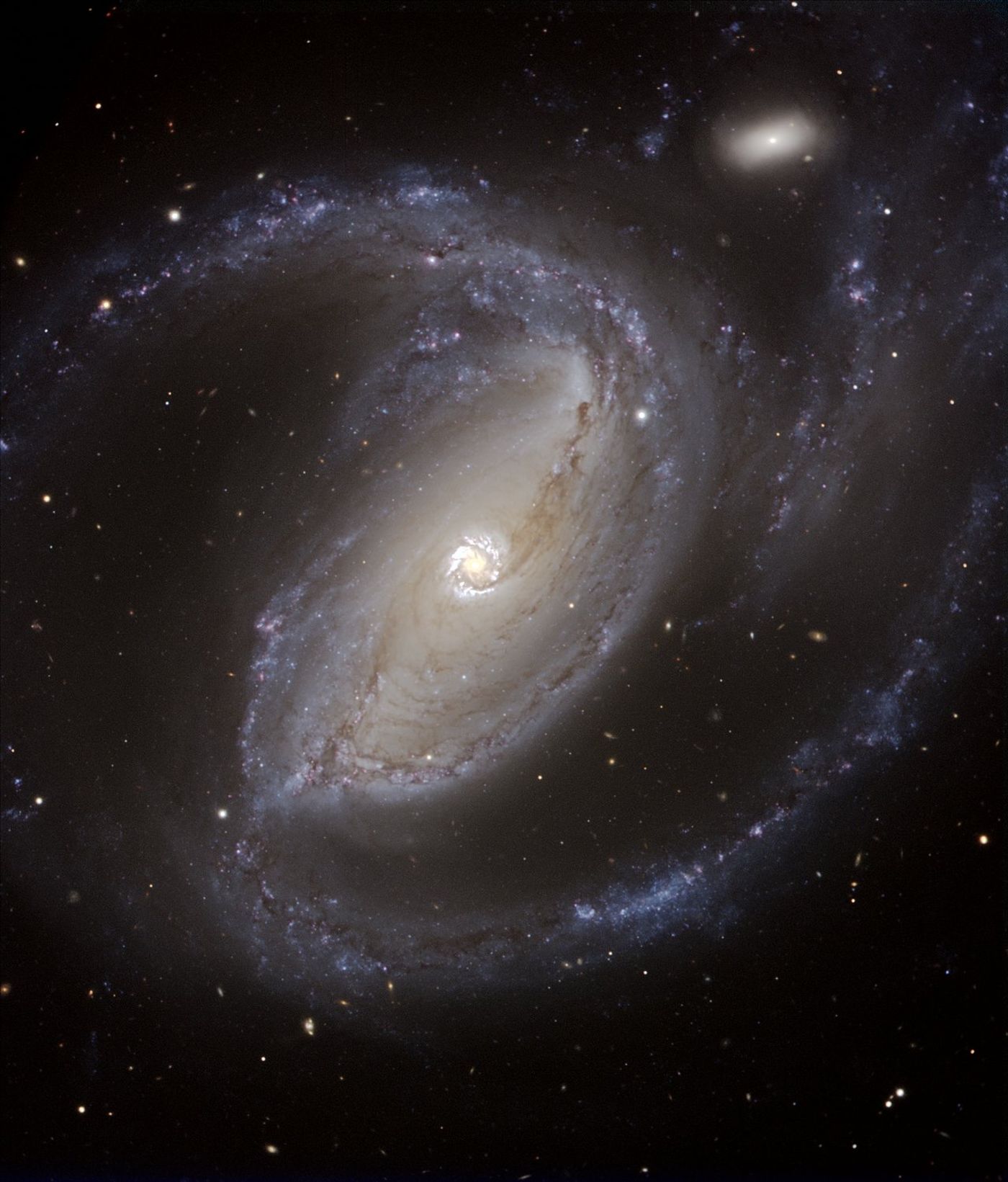Einstein Was Right, Again: X-rays Observed Behind a Black Hole for the First Time
In an astrophysics first, a team of researchers have directly observed light coming from the backside of a black hole. First recorded were a series of X-ray flares, a normal occurrence for the high-energy emission zone that is the edge of a supermassive black hole. Then came the breakthrough: another set of X-rays, this time with shifted energy levels. This shift confirmed that the X-rays were the same kind as the initial burst, but that they had also echoed or “reverberated” off of the black hole’s outer edge. The second set had emitted on the opposite side and “bent around the black hole” before flying through space to hit our telescopes here on Earth, 800 million light years away.
Black holes are characterised by their overwhelming amount of gravity. The gravitational pull they create is so strong that once something crosses the outer edge of a black hole, the event horizon, it can never escape. This holds true for even the fastest moving particle in the universe, a particle of light, the photon. As lead researcher on the study, Dan Wilkins of Stanford, notes “any light that goes into that [or any] black hole doesn't come out, so we shouldn't be able to see anything that's behind the black hole.” The reason we can see these X-rays from behind the black hole is that the devastatingly large amount of gravity warps space itself. The space around the black hole is bent and twisted in such a way that light can bend around the black hole too, managing to make it to the other side without ever crossing the event horizon.
This light delivered by the gravitational warping of spacetime is a natural consequence of Einstein’s general theory of relativity. Though, it has only been a theoretically observed consequence until now. With modern technology and equipment, more and more theoretical predictions can be put to the test in ways impossible at the time of their formulation. A new X-ray telescope, Athena, is under construction by the European Space Agency and will allow for much higher resolution images and observations of the kinds of X-rays seen in this study. NASA’s upcoming James Webb Space Telescope will bring about a leap in space imagery as its predecessor Hubble did a generation ago. With so much more to learn about our universe, every upgrade in clarity is like seeing behind a new door, or black hole, previously closed to us.
Article Sources: Nature; Stanford News
Banner Image Source: NASA/Goddard Space Flight Center
Article Image Source: ESO









